
You all must have seen the John Lennon Poster (Mr. Lennon’s image, in round sunglasses) allover the NYC town, peering at us from subway walls and billboards since May, publicizing a Lennon exhibition at the Rock & Roll Hall of Fame Annex in SoHo. That show ignited requests for round sunglasses at stores around the city.
It's 2009 and sunglasses must be round! Why? Only last year round sunglasses were considered square?
Round frames last appeared as a fashion trend about two decades ago. In 1989, when Alain Mikli introduced a thick-rimmed version. One of my very first were Mikli's!
Before that, they were a defining element of hippie style during the 1960s counterculture movement — just about the only time that round glasses could be described as an unqualified fashion hit. Throughout the last century, round glasses have been associated with celebrated architects, literary stars and intellectual thinkers — Philip Johnson, Le Corbusier, Dominick Dunne, Gandhi — almost all of them men and rarely a figure noted for his cutting-edge personal style.
And yet something about the style, as uncommercial as it may seem, has clicked with designers. Or, as it turns out, several things happened at roughly the same time, in 2007 and 2008, that help explain why you are seeing round sunglasses again.
The story of round would not be complete without a nod to the hippies. This year’s Broadway revival of “Hair,” while not exactly fashion friendly, had its first performances last summer at the Delacorte Theater in Central Park. At a preview last May, its cast performed at the Costume Institute gala at the Metropolitan Museum of Art before an audience that included a spectrum of international fashion designers.
Remember the black-and-white portraits taken in the 1950s and ’60s by the Malian photographer Malick Sidibé, who was given a lifetime achievement award at the Venice Biennale art fair two years ago? That was when Mr. Sidibé, now in his 70s, began to have an unexpected fashion moment. Designers sought out monographs of his work, notably a 2004 edition published by Steidl that conveyed the exuberance of postcolonial West Africa with images of stylish young men and women, many of them wearing incredible sunglasses.
But it was not Mr. Sidibé’s influence alone that set off the trend. John Lennon deserves some credit, too. In July 2007, Mr. Lennon’s name was again in the news when a pair of his wire-rimmed round glasses were sold at auction, drawing bids of more than $1.5 million, the BBC reported, though the final sale price, which was never disclosed, was believed to be far less.
But it also just makes plain sense that round glasses would return because they mesh with other eyewear themes occurring at the moment, like vintage, geek-chic and Hollywood.
This round shape is the most natural shape for designers to embrace and maybe, another signature Lennon style — an upside-down pear shape — would be the next big thing after that?



















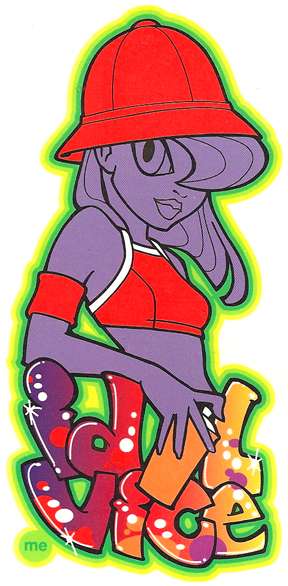
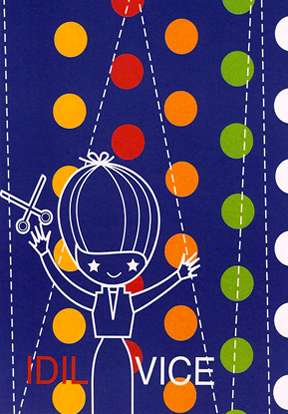

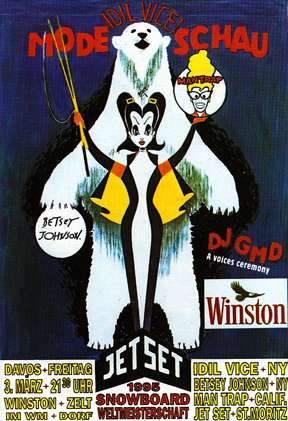
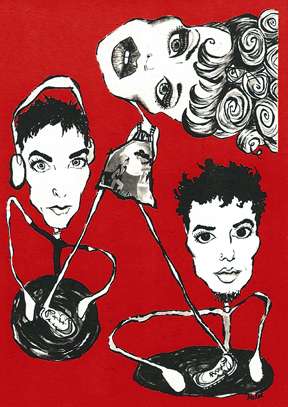
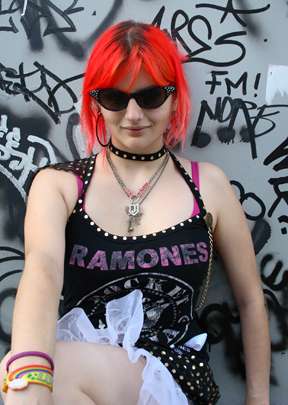
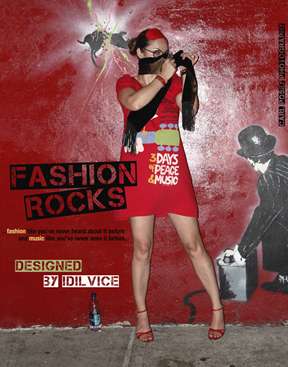



1 comment:
Love & Peace!
Post a Comment